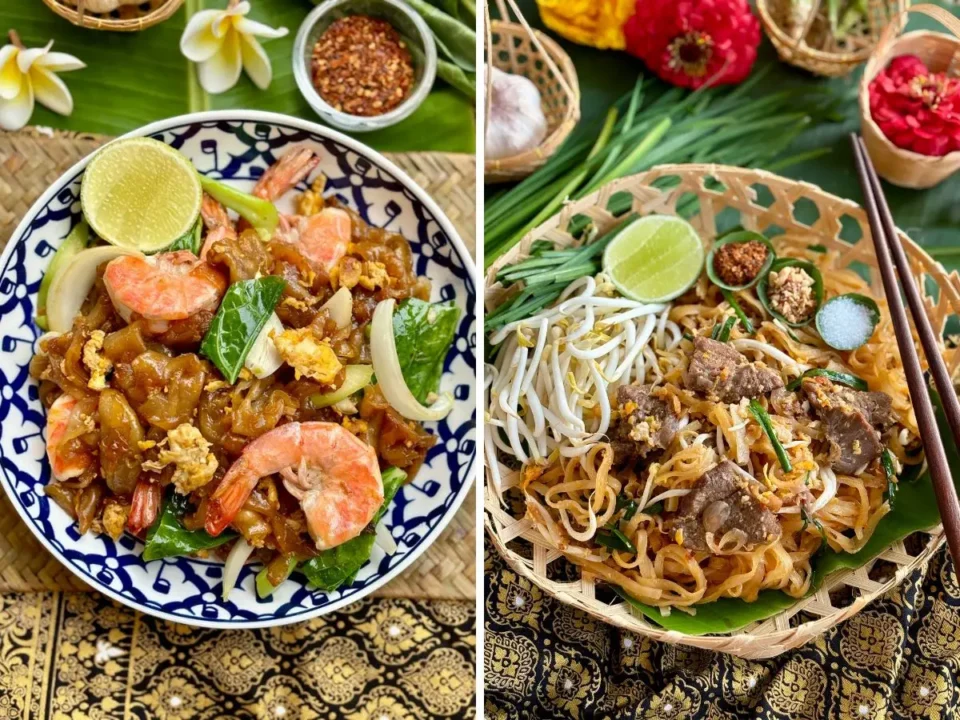Let’s talk about TAIARDLE NOODLES: pad see ew vs pad thai! These two Noodle dishes are among the most popular of Thai cuisine. Today we will explore the key differences between them, from flavors and ingredients to cooking methods and suggestions.
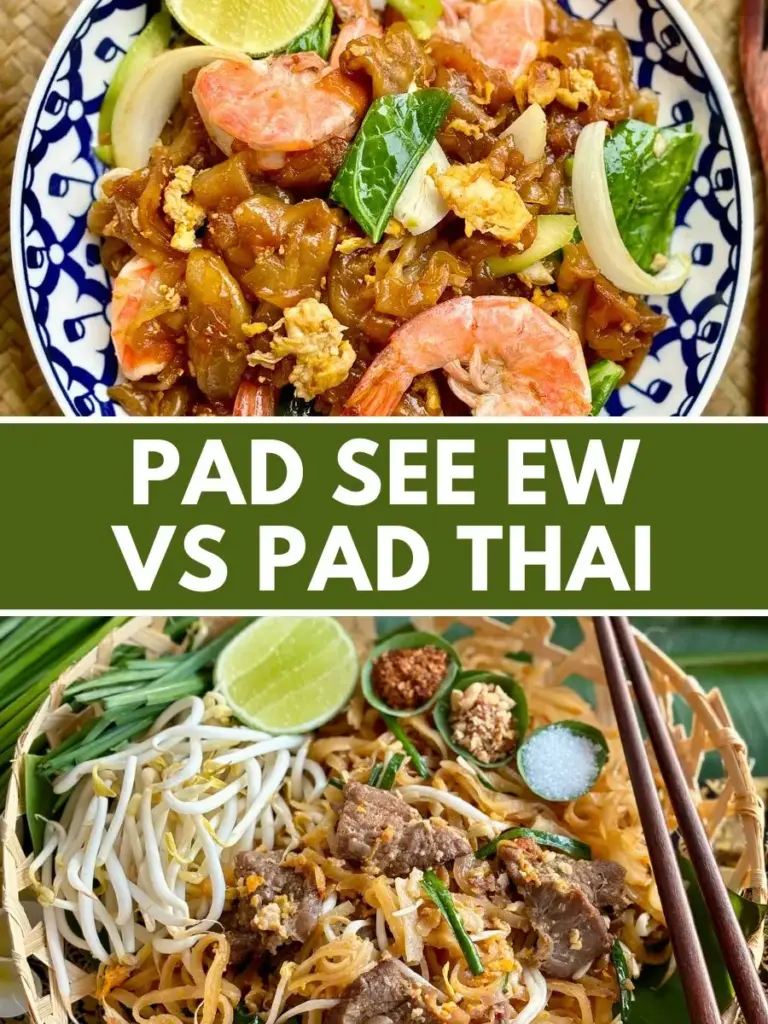
After reading this post in which we compare two delicious Thai dishes, be sure to try one of my authentic Tharian recipes for each of them!
If you love Dry rice noodlesTry my Thai chicken or Thai beef recipe.
You prefer the Fresh rice noodles? So you will love my recipes for the beef bearing see EW, chicken pad see EW and pad see the prawns EW!
Pad see ew vs pad thai ingredients
Both pads see EW and Thai Pad are iconic Thanoish dishes, but their ingredients are what makes them so different. Let’s take a look at what makes each dish only tasty, from noodles to sauces, vegetables and proteins.
Noodles
Thai pad noodles They are thin rice noodles and dishes called Then play In Thai. These flat noodles are fried in a pan until they are tender but still slightly chewy, absorbing the spicy, sweet and savory flavors of the Thai sauce based on tamarind.
Another popular Thai dish that can be prepared with Sen Lek (thin rice noodles) is the Kee Mao Pad (drunk noodles).

Pad see ew it is made with fresh rice noodles, known as Sen yai In Thai. These noodles are wider and thicker, providing a satisfactory consistency that perfectly mates with the savory soy sauce and the slight coal with a high heat fry.
If you love the noodles sen yai, you may also like noodle dishes like Kuay Teow Kua Gai (fried wide rice spaghetti with chicken) and lad na or rad na (fresh noodles with sauce).
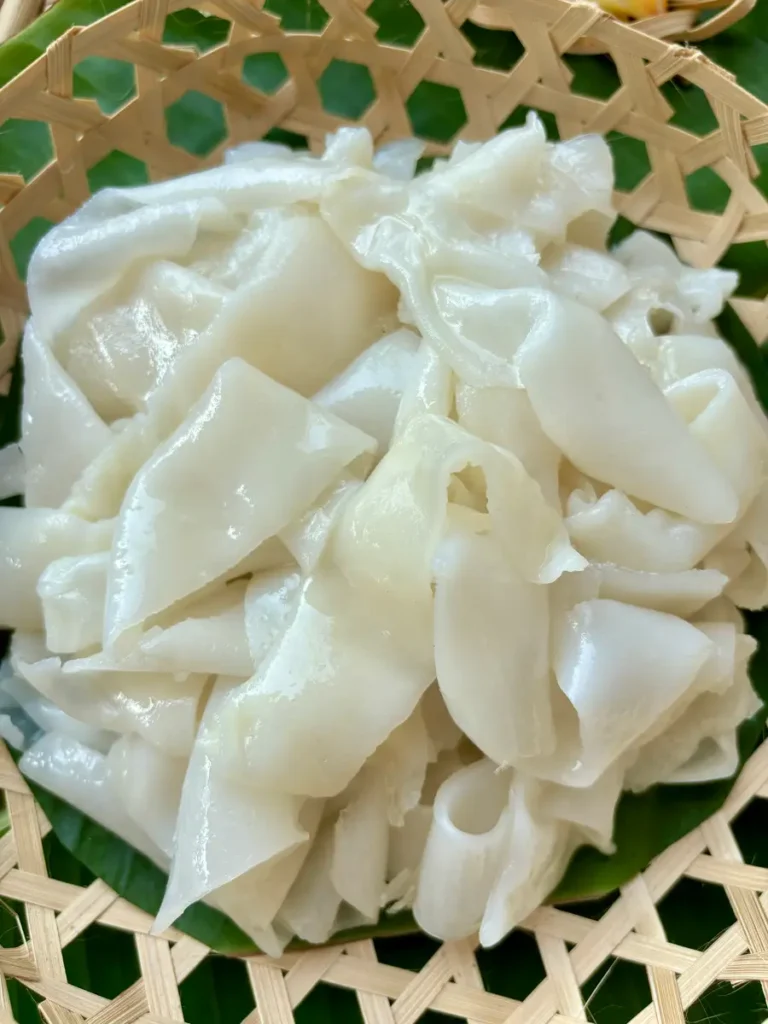
Flavors and sauces
Both dishes have unique sauces and seasonings that create their distinct flavor.
Pad see the flavors EW: Pad see EW is known for its salty flavor with a pinch of sweetness and the use of prominent soy sauce. The noodles are generally thrown with dark soy sauce before being fried, which gives them their distinct dark color and sweet and caramelized flavor.
The fresh rice noodles are rubbery and generally fried on high heat, which coal them slightly, adding a delicious smoky subdued.

Thai tasty pads: Pad Thai has a balanced mixture of sweet, spicy and savory flavors, thanks to its tamarind sauce. This Thai sauce beat combines tamarind pasta, palm sugar and fish sauce to create its unique taste that perfectly completes the noodles.
Garlic, shallot and dry prawns are added to fried noodles to add flavor and consistency.
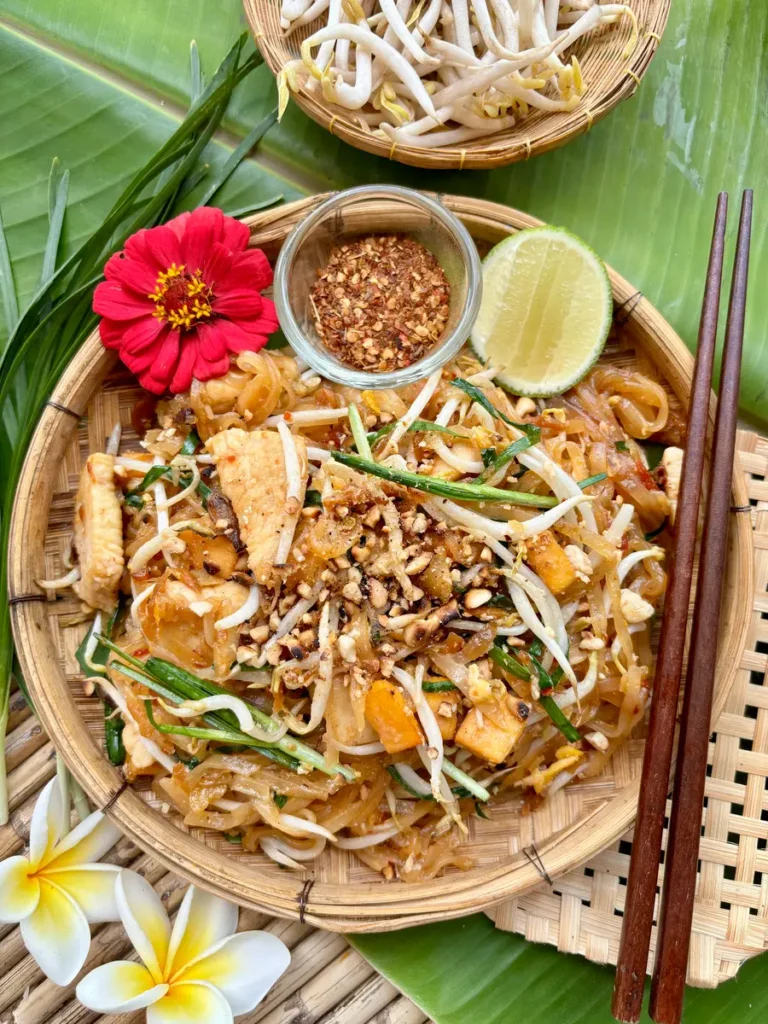
Note: Both dishes can also be prepared with other types of noodles, such as the thin rice vermicelli. For a delicious variation, try my recipe for SEN MEE Pad See EW.
Vegetables
The vegetables used in the Pad see EW and Thai Pad can vary according to the region in Thailand, the specific recipe or the family that prepares it. However, there are some classic vegetables that are generally found in both dishes:
Vegetables in pad see EW: In the pad you see EW, the most commonly used vegetables are Chinese broccoli (Kai Lan or Gai Lan). Its thick stems and tender leaves offer a delicious creaking and a slightly bitter taste that counteracts magnificently with salty and savory noodles. Garlic is always used and onions are also included.
Thai Pad vegetables: Thai Pad generally presents a mix of vegetables, such as bean shoots, shallot, preserved radish, garlic and garlic chives. The bean sprouts and the chives of garlic are generally added towards the end of cooking to preserve their creaking.
Feel free to adapt the vegetables based on what you have at hand or your personal preferences! Some recipes will use different vegetables to create new tastes, just like my recipe for vegetarian vegetables, it includes carrots.
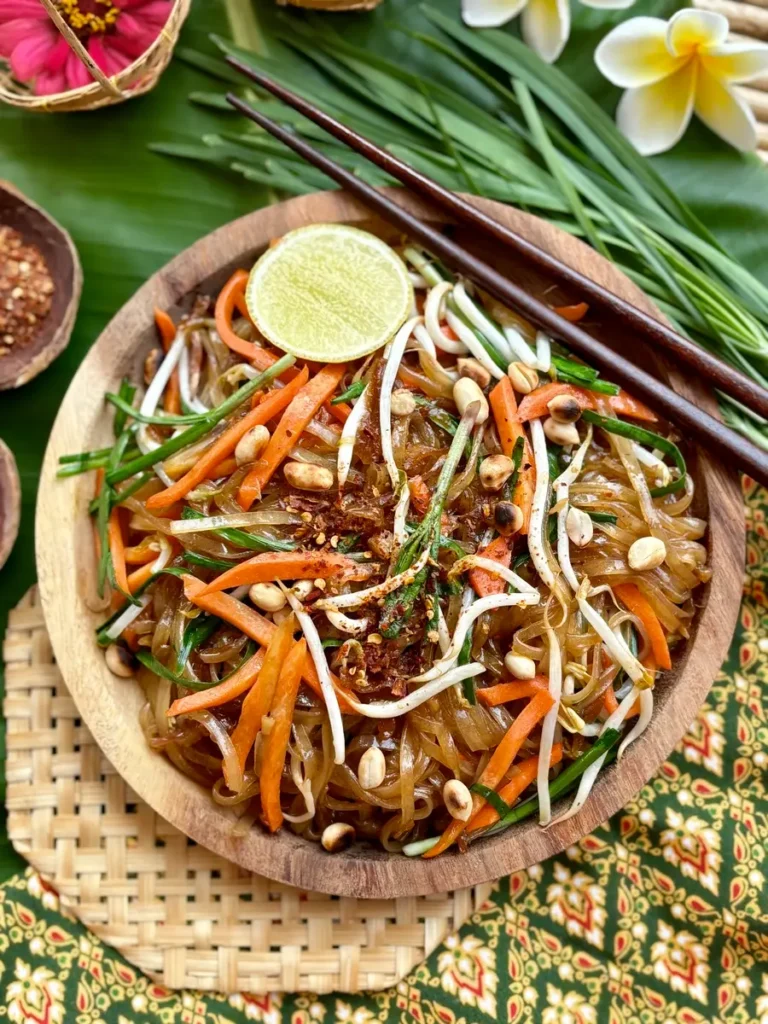
Gaskets
The gaskets add the final touch to both dishes, improving the flavor and presentation.
Pad see gunnishes ew: Pad see EW is generally garnished with a splash of white pepper and a lime wedge. White pepper adds a subtle spiciness, while the lime provides an acidity explosion that balances the savory and sweet flavors of the dish.
Personally, I like the pad you see EW better with a little spice from the Tai’s pepper flakes.
Thai Pad garnish: In Thailand, the TAI pad is generally served with one side of crushed peanuts, fresh bean shoots, a lime wedge, white sugar and sometimes chilli flakes for further heat.

Protein
Both pads see EW and Thai Pad can be made with different proteins such as chicken, pork, beef and seafood.
Pad See Ew-Salato’s salty sauce pairs well with any protein and can also be made vegetarian with tofu or extra vegetables.
Thai Pad often includes dried prawns and tofu and can also present chicken, pig, beef or seafood.
Pad Thai vs Pad see Calorie EW
Pad Thai generally has about 450-600 calories per portion, which offers a balance of carbohydrates, proteins and fats, with a greater sugar content. Pad See EW usually has about 400-550 calories per portion, with less carbohydrates and sugars but similar proteins. Both dishes provide an essential diet from their ingredients.
Summary
Pad see ew
- Preparation: Quick and easy, ideal for a quick meal.
- Noodles: Made with wide rice spaghetti (sen yai).
- Taste: Salty with a pinch of sweetness, with a flavor of caramelized soy sauce.
- Sauce: Simple pan sauce made with dark and light soy sauces, often with a touch of sugar.
Thai pad
- Preparation: Takes more time with special ingredients such as tamarind sauce, fish sauce and roasted peanuts.
- Noodles: Traditionally made with thin rice noodles (sen lek). It can also be made with glass noodles, known as Pad Thai Woon Sen.
- Taste: Bold, spicy and sweet.
- Sauce: Complex sauce with savory flavors, sweet and acids, based on tamarind paste, fish sauce and palm sugar.
Other comparisons of Thai noodle
Conclusion
Both of these Thai road food options are full of flavor and produce dinners for the perfect week. Do you prefer the salty, slightly sweet taste of the pad see ew or bold and spicy flavors of Thai pads? Share your favorite Thai noodle dish in the comments! Don’t forget to follow me on social media: Facebook, InstagramAND Pinterest.

